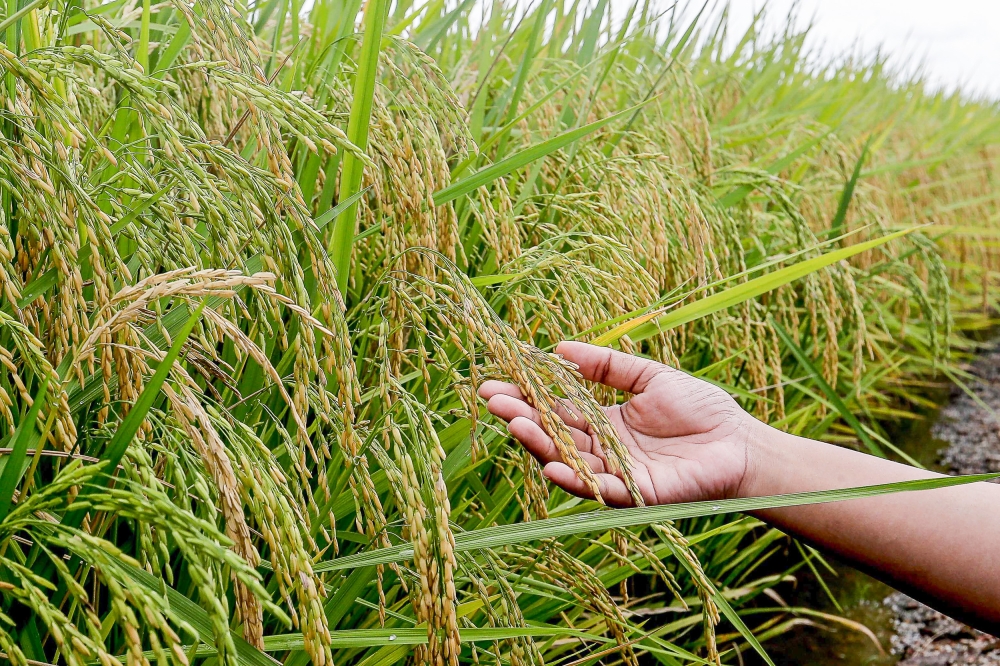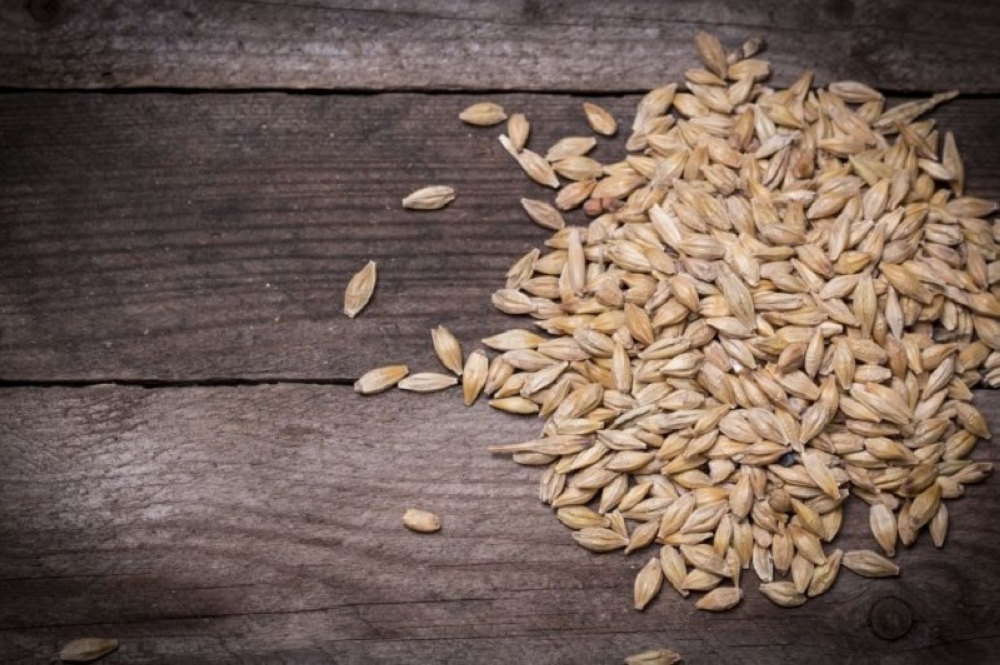KUALA LUMPUR, June 23 — The Arctic ‘Doomsday Vault’, officially known as the Svalbard Global Seed Vault, the world’s largest repository of crop diversity, is a global initiative designed to safeguard the genetic diversity of the world’s crops.
Located in the remote Svalbard archipelago in the Arctic Ocean, the seed vault functions as a secure backup storage facility for seeds from gene banks worldwide to preserve agricultural biodiversity and ensure global food security.
The primary purpose of the vault is to ensure the long-term preservation of crop seeds, providing a crucial safety net against various disasters that could threaten essential food crops.
These potential threats include climate change, wars, natural disasters, and plant diseases.
The Seed Vault acts as the ultimate insurance policy for the world’s food supply, safeguarding millions of seeds that represent every important crop variety available today which offers future generations the resources to tackle challenges posed by climate change and population growth.
How are they kept?
For optimal storage, the seeds are kept at a temperature of -18 degrees Celsius and the surrounding permafrost and thick rock ensure that the seeds remain frozen even if there is a power failure.
The seeds are sealed in custom-made, three-ply foil packages, which are then placed inside boxes and stored on shelves within the Seed Vault. The low temperature and moisture levels inside the vault ensure minimal metabolic activity, preserving the seeds' viability for extended periods.

The history behind the Seed Vault
- The Svalbard Global Seed Vault, inaugurated on February 26, 2008, with notable attendees including Norwegian PM Jens Stoltenberg and Nobel laureate Wangari Maathai, began as a solution to preserve Nordic seed collections.
- Initial challenges with permafrost and unsafe coal mine storage led to the construction of a new facility in virgin rock, meeting high-security standards for global genetic resources.
- The ITPGRFA treaty of 2004 provided the legal framework, ensuring seed samples remain property of depositing countries or gene banks, accessible for research and breeding.
- Over 16 years, the Seed Vault expanded its network, managed collaboratively by the Norwegian Ministry of Agriculture, NordGen, and the Crop Trust, providing a crucial backup for global gene bank collections.
- It is currently managed by Norwegian Ministry of Agriculture and Food, NordGen, and Crop Trust.
The storage of the vault
- The Seed Vault stores 4.5 million crop varieties, with each packet containing around 500 seeds, totaling up to 2.5 billion seeds. Including Malaysia's 207 rice seeds.
- Currently holds over 1.3 million seed varieties from nearly every country, including African staples like maize and Asian staples like rice.
- It houses diverse European and South American varieties such as eggplant, lettuce, barley, and potato, making it the world's most varied food crop seed collection.
- Goal is to preserve global crop genetic material efficiently, minimizing duplication.
- Some gene banks are increasing seed stocks, and others are regenerating seeds before sending them to Svalbard, a process spanning several years.
- 20,720 seed samples from 15 gene banks have been added to the vault, joining hundreds of thousands of other samples in its snow-covered location on Spitsbergen island.

Types of seeds in the vault
The seeds housed in the Seed Vault encompass a wide array of crop varieties, including farmers' land races, breeding materials, and wild plants that potentially contribute genes to new crop varieties. Currently, the Seed Vault safeguards over 5,000 plant species.
Among the most numerous accessions stored in the Seed Vault are varieties of rice, wheat, and barley, with more than 150,000 samples of wheat and rice combined, and nearly 80,000 samples of barley.
Other prominently represented crops include sorghum (over 50,000 accessions), Phaseolus bean species (more than 40,000), maize (over 35,000), cowpea (over 30,000), soybean (over 25,000), kikuyu grass, and chickpea, each with more than 20,000 seed samples. Additionally, crops such as potatoes, peanuts, Cajanus beans, oats, rye, alfalfa, the cereal hybrid Tritikosecale, and Brassica species are represented by between 10,000 and 20,000 seed samples.
These seeds originate from numerous countries worldwide, reflecting the global collaboration of gene banks in conserving genetic diversity.




















